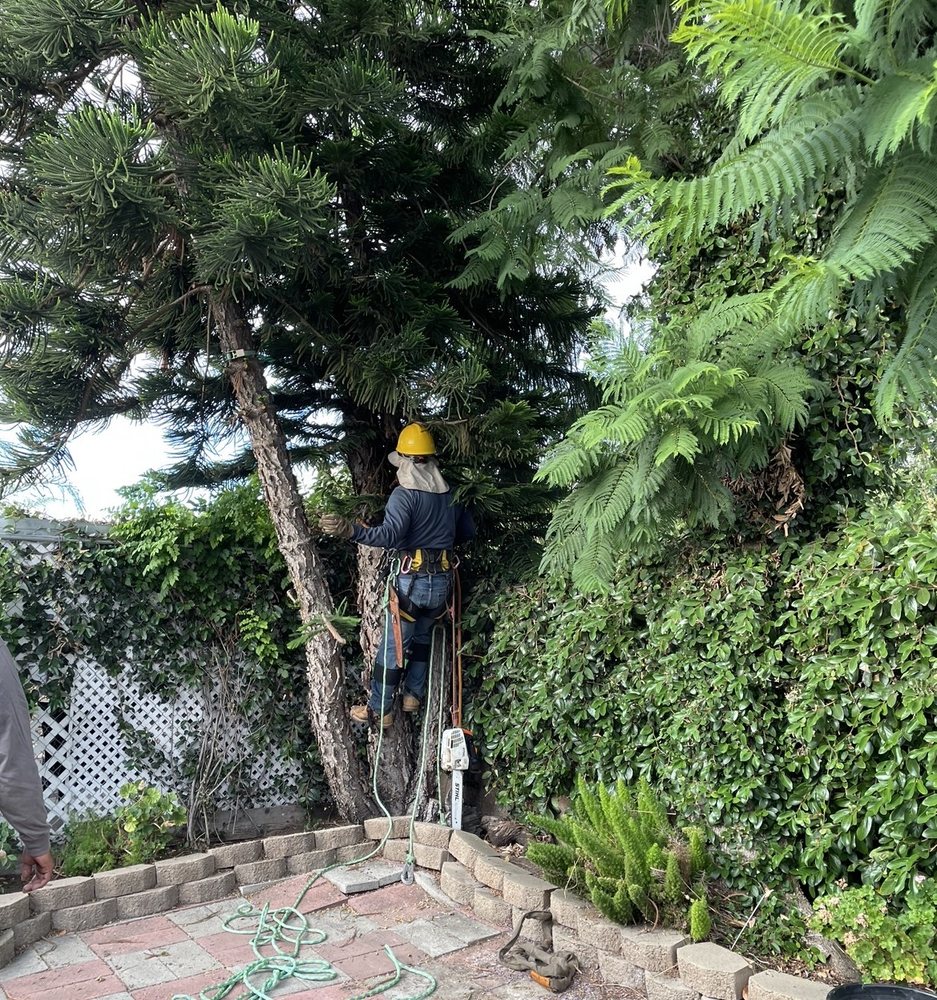Before diving into tree pruning, there are a few factors you should consider. Firstly, consider the age and health of the tree. Younger trees may require lighter pruning, while older or weakened trees may need more extensive pruning to remove dead or diseased branches. It’s also important to consider the tree’s growth habit and natural shape. Pruning should aim to enhance the tree’s natural growth pattern rather than forcing an unnatural shape. Additionally, consider the purpose of pruning – whether it’s for maintenance, aesthetics, or risk reduction. Understanding these factors will help you determine the appropriate pruning techniques for your trees.
Dos of Tree Pruning
To achieve the best results when pruning your trees, here are some essential dos to keep in mind:
- Do use proper tools: Invest in high-quality pruning tools such as hand pruners, loppers, and pruning saws. Using sharp and clean tools ensures clean cuts and reduces the risk of damaging the tree.
- Do start with dead or diseased branches: Begin by removing any dead, dying, or diseased branches. This helps prevent the spread of infections and improves the overall health of the tree.
- Do prune strategically: Focus on removing branches that are crossing or rubbing against each other, as well as those that are growing too close to structures or obstructing pathways. Pruning strategically helps improve the tree’s structure and promotes better growth.
Don’ts of Tree Pruning
While there are specific dos to follow, it’s equally important to understand the don’ts of tree pruning. Avoiding these common mistakes will help protect the health and longevity of your trees:
- Don’t over-prune: Avoid removing more than 25% to 30% of the tree’s foliage in a single pruning session. Over-pruning can stress the tree and hinder its ability to photosynthesize, leading to weakened growth and increased susceptibility to diseases.
- Don’t prune during the wrong season: Pruning trees at the wrong time can have detrimental effects. Avoid pruning deciduous trees during their active growing season, as this can disrupt their growth cycle. Similarly, pruning evergreen trees during extreme weather conditions can cause undue stress.
- Don’t leave stubs: When pruning, make clean cuts close to the branch collar or the main trunk. Leaving stubs can lead to slow healing, increased risk of infections, and unsightly growth.
Common Tree Pruning Mistakes to Avoid
Pruning mistakes can have long-lasting effects on the health and aesthetics of your trees. Here are some common mistakes to avoid:
- Topping: Topping involves removing the upper portion of a tree’s canopy, resulting in unsightly regrowth and weak branch attachments. Avoid topping your trees as it can lead to structural instability and increased risk of branch failure.
- Lion’s tailing: Lion’s tailing refers to the removal of inner branches, leaving only a few branches at the end of the canopy. This practice weakens the tree’s structure and can result in limb failure during storms.
- Improper pruning cuts: Making improper cuts, such as cutting too close or too far from the branch collar, can lead to slow healing and increased risk of infections. Always aim for clean and proper cuts to minimize tree stress and promote healthy healing.
Hiring a Professional Tree Pruning Service
While some tree pruning tasks can be done by homeowners, certain situations may require the expertise of a professional tree pruning service. If you have large, mature trees, or if the pruning requires climbing or using heavy equipment, it’s best to hire professionals. A skilled arborist will have the knowledge and experience to assess the tree’s condition, identify potential risks, and perform appropriate pruning techniques while ensuring safety.
Can I prune my trees myself?
Tree pruning is a delicate task that requires a deep understanding of trees’ biology, optimal timings, and proper techniques. By following the dos and don’ts of tree pruning, you can enhance the health, structure, and aesthetics of your trees while reducing the risk of diseases and structural issues. Remember to consider the factors before pruning, invest in quality tools, and prune strategically. And when in doubt, don’t hesitate to seek the assistance of professional tree pruning services. With the right knowledge and approach, you can master the art of tree pruning and enjoy the maximum benefits it offers.
Give Us a Call For a Free Consultation and Free Quote!
Caring for your trees can be a daunting task for a homeowner. We’re here to help! Give us a call or fill out the form to request a free consultation and free quote for your tree care needs, such as tree removal, tree trimming, landscaping, haul away, and so much more!


